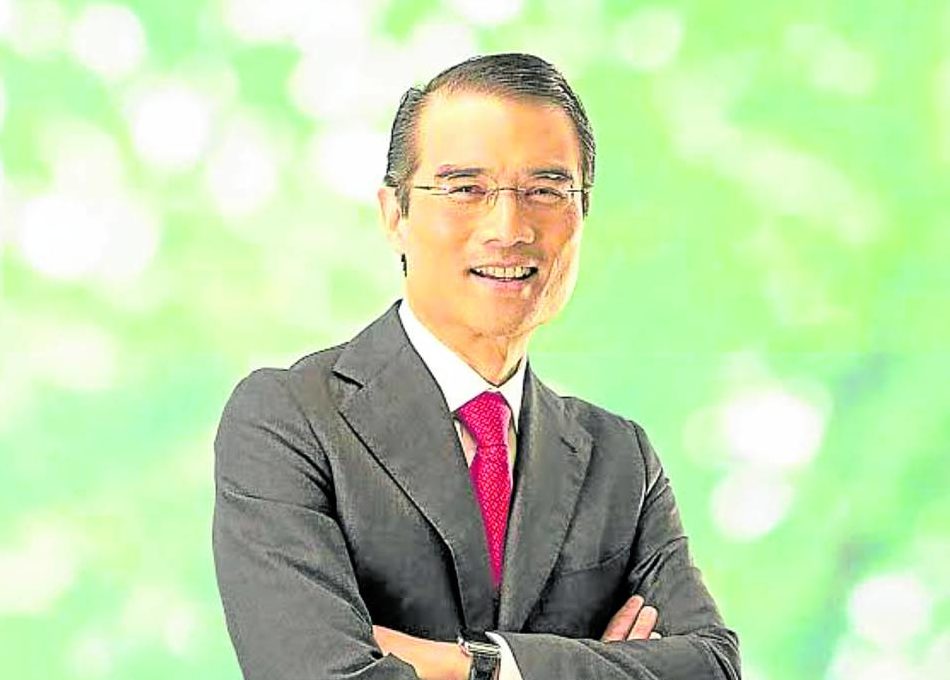Lopez calls for national decarbonization blueprint
It is about time for the government to establish a comprehensive national blueprint to decarbonize the Philippines, according to First Philippine Holdings Corp. chair and CEO Federico Lopez.
“We need a comprehensive, integrated and well-studied national decarbonization and adaptation plan of our own, backed by constant feedback from what science is telling us,” said Lopez in his speech during the 4th Philippine Environment Summit held in Tagaytay City.
Lopez pointed out that although the Philippines accounts for only 0.4 percent of global emissions, the country is among the most vulnerable to climate change.
Currently, the country does not have a national decarbonization road map.
Lopez, also the chair and CEO of listed First Gen Corp., expressed hope this was something that the government would work on and adopt in the future.
In an interview with the press, he said crafting a master plan to solve climate change would cover several facets, including agriculture and energy.
“That one is mixed. You’re looking [at several factors] because there are so many aspects there,” said Lopez, when asked if decarbonization plan should be integrated in the energy transition plan.
“Decarbonization has many aspects, not just energy but also agriculture, waste, food … That one crosses many. That’s decarbonization but then, the other is adaptation that involves many, from Climate Change Commission to DENR (Department of Environment and Natural Resources) to DPWH (Department of Public Works and Highways) because adaptation is you have to know what’s coming, the kind of climate impacts,” he explained.
Lopez also said the Philippines should also look into decommissioning fossil fuel-powered power plants—first, the coal-fired power plants that still dominate the Philippine energy mix and then oil and natural gas plants—as it continues to inject more clean energy and storage into the power grid.
“For the latter, they can either be repowered with green fuels like hydrogen as they become feasible in the coming decade or outrightly decommissioned before 2050, similar to the process done for the coal plants earlier,” he said.
Further, Lopez noted that international funding for the early retirement of fossil fuel plants was increasingly becoming more available.
“Decarbonizing and scaling up a green electricity grid over the next three decades is probably the greatest energy transition in the history of mankind,” he added. INQ

